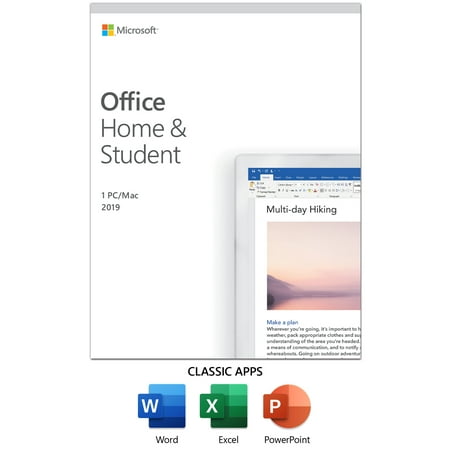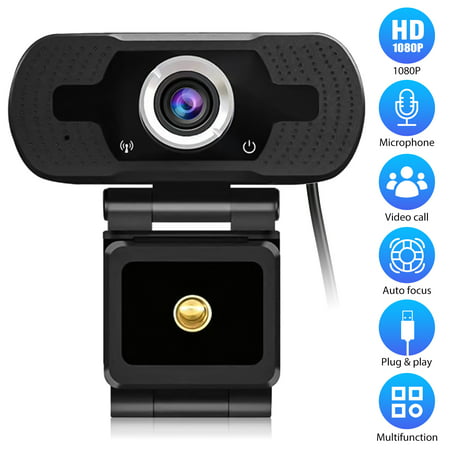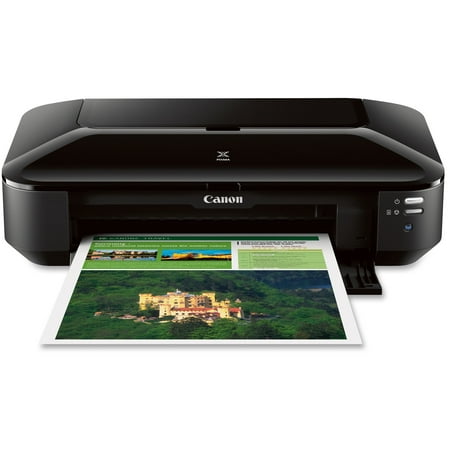Lenovo IdeaPad 3 15″ Laptop, AMD Ryzen 5 3500U Quad-Core Processor, 8GB Memory, 256GB Solid State Drive, Windows 10, Abyss Blue, 81W1009DUS (Google Classroom Compatible)
Engineered for long-lasting overall performance, the Lenovo IdeaPad. three delivers effective performance with the contemporary AMD Mobile Processors with Radeon Graphics, in a computer it really is perfect in your ordinary responsibilities, with capabilities that you could depend on. 2020 version















Operating System: Windows 10Processor: AMD Ryzen five 3500U Quad Core ProcessorDisplay: 15.6″ FHD IPS LED Backlit Anti-Glare DisplayMemory: 8GB DDR4 2400 MHz RAM (4GB OnBoard + 4GB DIMM)Internal Storage: 256GB 2242 NVMe TLC SSD StorageGraphics: Integrated Radeon Vega eight GraphicsOptical Drive: NoneBattery Life: Up to 6 HoursAudio: 2 x 2W Speakers with Dolby AudioWireless: 2 x 2 802.11AC Wi-Fi and Bluetooth four.1 ComboWebcam: 0.3MP Camera with Privacy Shutter and Dual Array MicrophonesProduct Weight: 4.84 lbsGoogle Classroom Compatible Color: Abyss Blue





Reviews
There are no reviews yet.